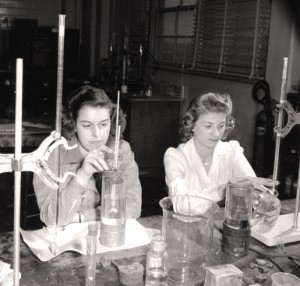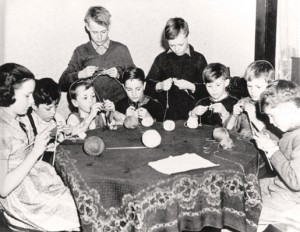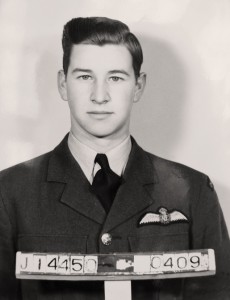
The Happiest Prisoners
In the shadow of Mount Baldy, where lodgepole pine and trembling aspen compete for space in Alberta’s spectacular Kananaskis Country, all that remains of a

In the shadow of Mount Baldy, where lodgepole pine and trembling aspen compete for space in Alberta’s spectacular Kananaskis Country, all that remains of a

On Dec. 7, 1941, in a co-ordinated strike without equal in the annals of war, the Japanese wrought havoc on units of
the United States Pacific Fleet in a surprise attack on Pearl Harbor, invaded the Philippines and Hong Kong, assumed control of Saigon and the rest of French Indochina, landed invading forces at two points on the northeast coast of Malaya, and bombed Singapore. Other units headed for key invasion points in Sarawak, North Borneo and the Dutch East Indies. Using bicycles as their principal means of transport through the Malayan rubber plantations, the Japanese advanced swiftly and silently, outwitting and outdistancing the British, Australian and Indian defenders. These co-ordinated attacks gave Japan control of the Indian Ocean and severed the artery of the Allied rubber supply.

Nadia Jarvis was nine years old in September 1939. Her parents, Ukrainian immigrants by the name of Peter and Anastasia BosHuck, owned the Venice Cafe
![Members of the Ontario Farm Service Force at work, 1941. [PHOTO: ARCHIVES OF ONTARIO]](https://legionmagazine.com/wp-content/uploads/2011/07/FarmInset3-300x251.jpg)
On April 14, 1941, federal agriculture minister James Gardiner delivered an urgent address to the nation’s farmers. His words were broadcast coast-to-coast by CBC Radio.



Get the latest stories on military history, veterans issues and Canadian Armed Forces delivered to your inbox. PLUS receive ReaderPerks discounts!

| Cookie | Duration | Description |
|---|---|---|
| cookielawinfo-checkbox-analytics | 11 months | This cookie is set by GDPR Cookie Consent plugin. The cookie is used to store the user consent for the cookies in the category "Analytics". |
| cookielawinfo-checkbox-functional | 11 months | The cookie is set by GDPR cookie consent to record the user consent for the cookies in the category "Functional". |
| cookielawinfo-checkbox-necessary | 11 months | This cookie is set by GDPR Cookie Consent plugin. The cookies is used to store the user consent for the cookies in the category "Necessary". |
| cookielawinfo-checkbox-others | 11 months | This cookie is set by GDPR Cookie Consent plugin. The cookie is used to store the user consent for the cookies in the category "Other. |
| cookielawinfo-checkbox-performance | 11 months | This cookie is set by GDPR Cookie Consent plugin. The cookie is used to store the user consent for the cookies in the category "Performance". |
| viewed_cookie_policy | 11 months | The cookie is set by the GDPR Cookie Consent plugin and is used to store whether or not user has consented to the use of cookies. It does not store any personal data. |



Free e-book
An informative primer on Canada’s crucial role in the Normandy landing, June 6, 1944.